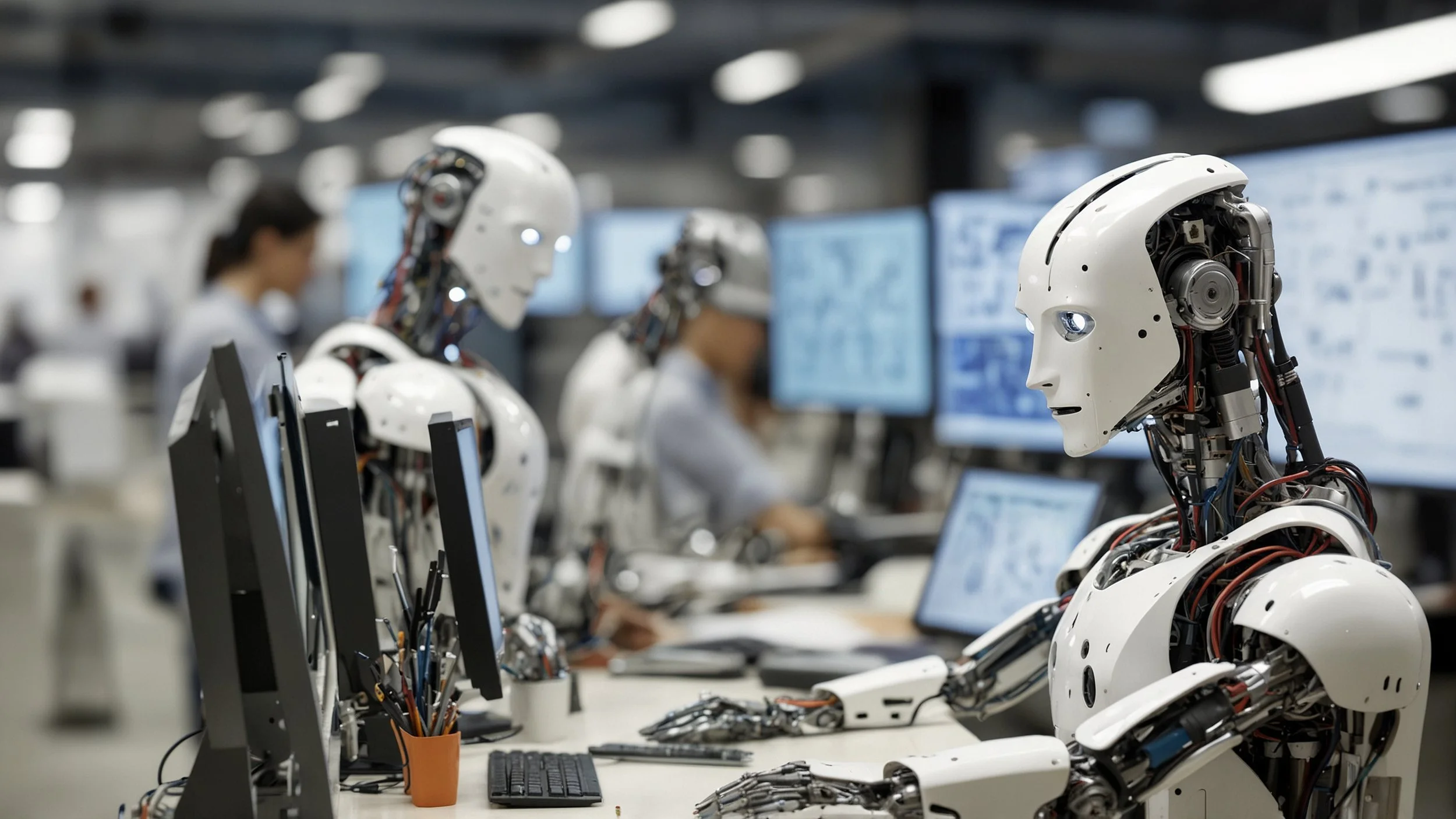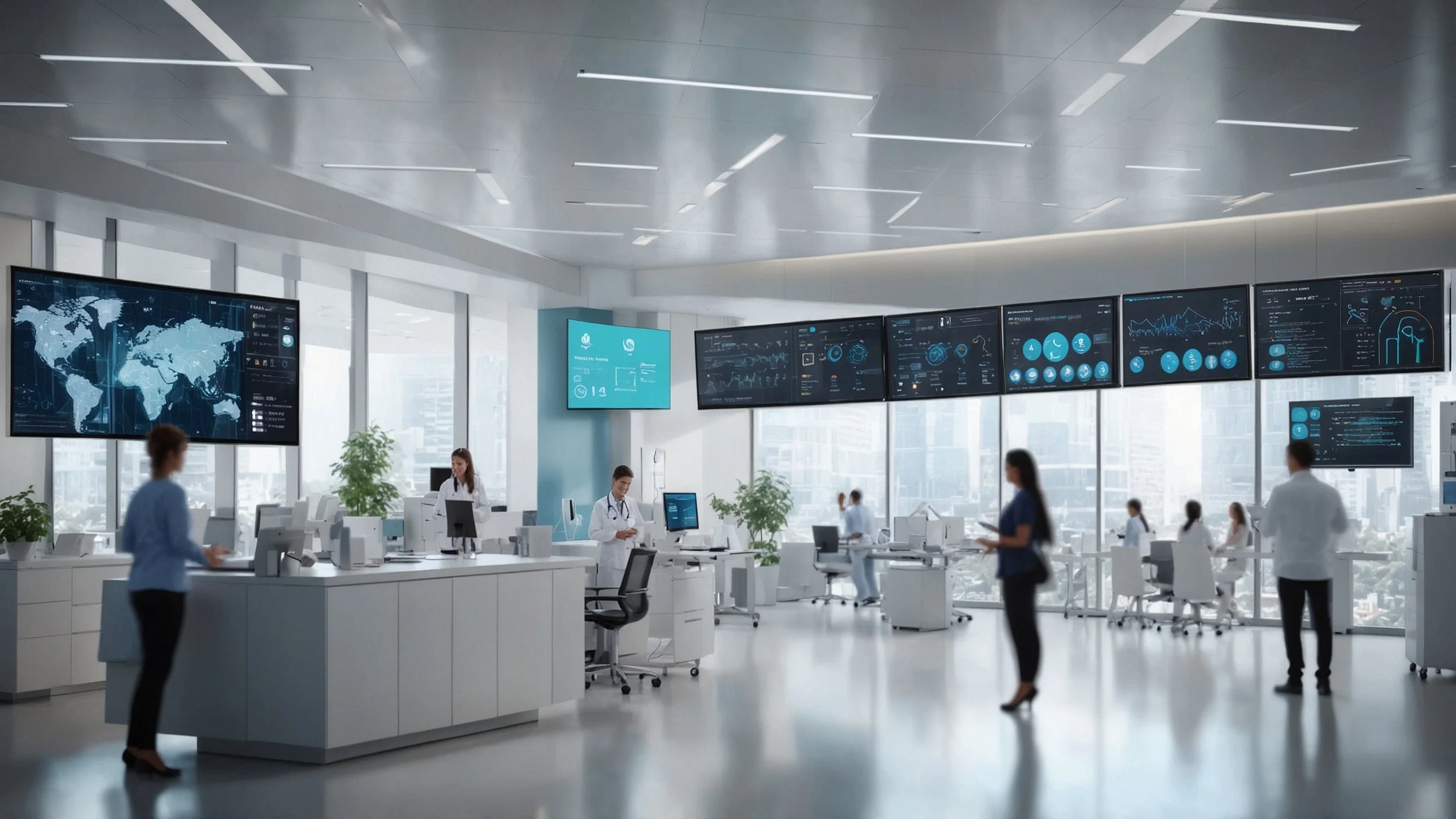Digital transformation empowered by hyper-automation: a new business horizon
Hyper-automation has established itself as a key strategy capturing the attention of leaders in various business sectors. By combining artificial intelligence (AI), robotic process automation (RPA) and advanced analytics, this practice seeks to optimize every phase of the value chain. Its ability to integrate disruptive technologies offers a clear path to efficiency and innovation, transcending the simple automation of isolated tasks.
Revolution in business process automation
Hyper-automation is transforming the way companies operate by automating not only individual activities, but entire workflows that cross different departments. This integration minimizes human error, accelerates response times and generates greater agility in daily operations. Modern implementations employ AI to detect needs, RPA to execute repetitive tasks and data analytics that optimize decision making, enabling smarter and more efficient processes.
Adaptability and collaboration for a digital future
Beyond simply improving operational efficiency, hyper-automation enables the creation of intelligent operational structures that have the ability to adapt and evolve in real time. This dynamic capability is critical for companies to respond nimbly and effectively to pressing issues in today's business environment.
It facilitates effective responses to critical challenges such as staff shortages and reduced profit margins, helping to maintain business continuity and profitability.
The incorporation of codeless platforms together with process mining allows multidisciplinary teams from different areas to actively participate in the design and implementation of hyper-automation solutions.
This collaborative approach not only accelerates solution development, but also optimizes processes by leveraging the organization's collective knowledge.
Overall, hyper-automation drives digital transformation within organizations, making it a strategic priority that enhances competitiveness and innovation capability.
Success stories and the urgency of adopting hyper-automation
Sectors as crucial as healthcare and finance are already experiencing tangible benefits from the implementation of hyper-automation, an advanced set of technologies that automate complex processes. This translates into significant improvements that impact both operational efficiency and service quality.
In health and finance, authorization processes are performed faster, increasing efficiency and reducing waiting times for users.
Customer service is optimized with less human intervention, enabling more agile and accurate responses through automated systems.
More coordinated internal flows are achieved, facilitating better communication and collaboration between different areas and systems within the organizations.
These advances drive the interest in developing operations that are integrated, scalable and adaptable in real time, preparing for changes and market demands in a dynamic way.
It is therefore essential to promote the adoption of hyper-automation technologies as a strategic driver for change and competitiveness in today's economy.
Hyper-automation represents a real leap towards an end-to-end digital transformation, moving beyond fragmented automation to build processes with built-in intelligence. Companies that lead this evolution will gain access to sustainable competitive advantages, greater agility and strategic positioning towards a more connected and efficient business future. Seizing this opportunity is critical to staying relevant in a dynamic and competitive environment.






